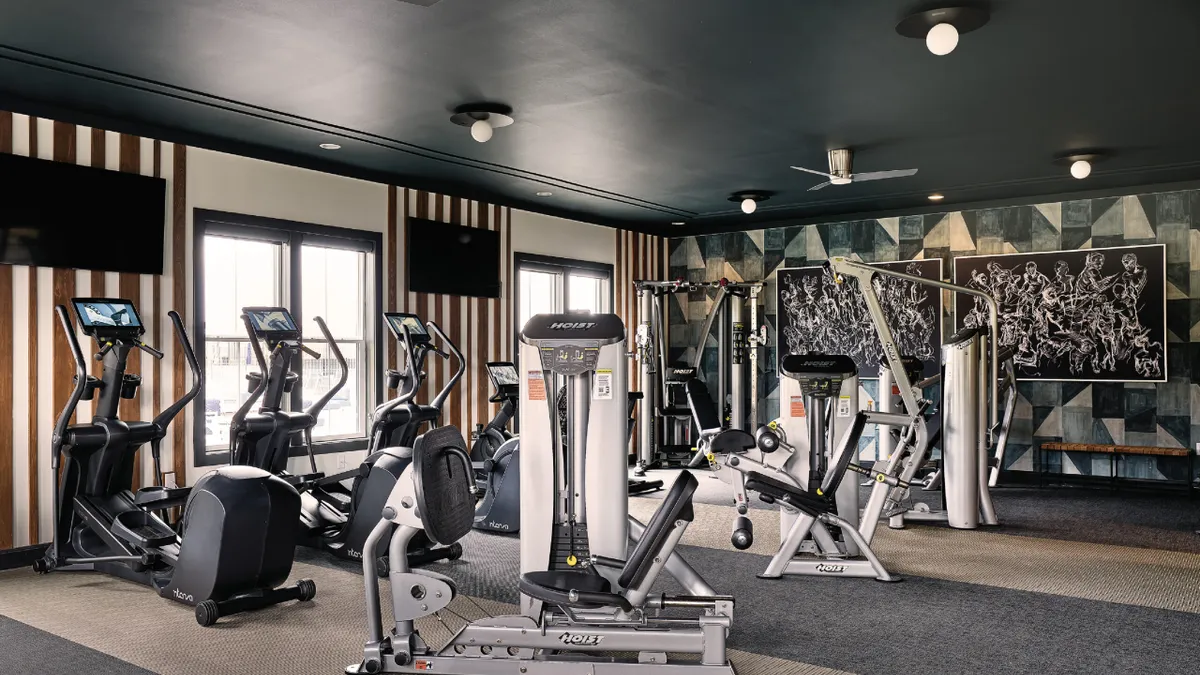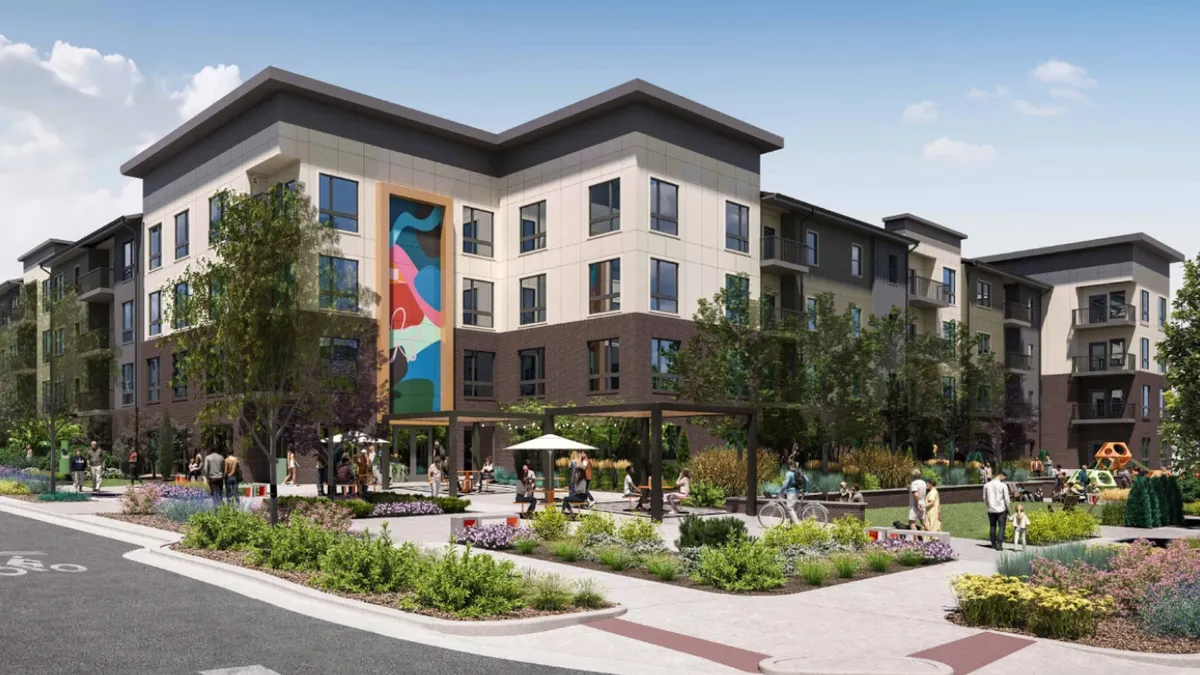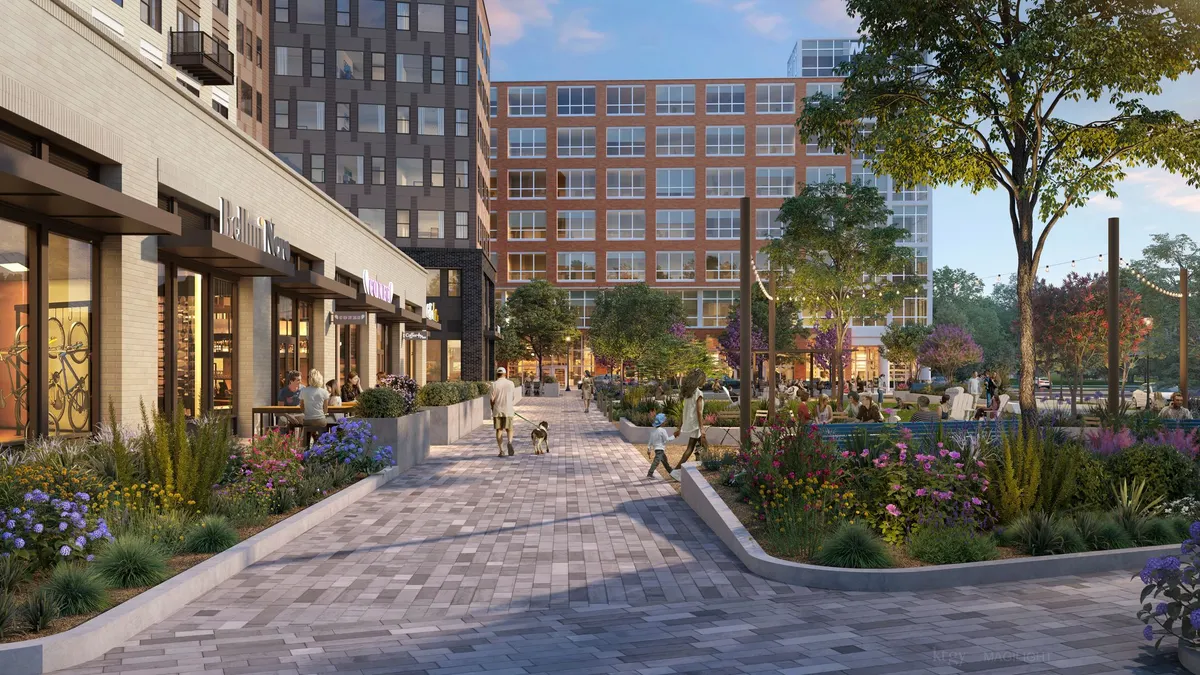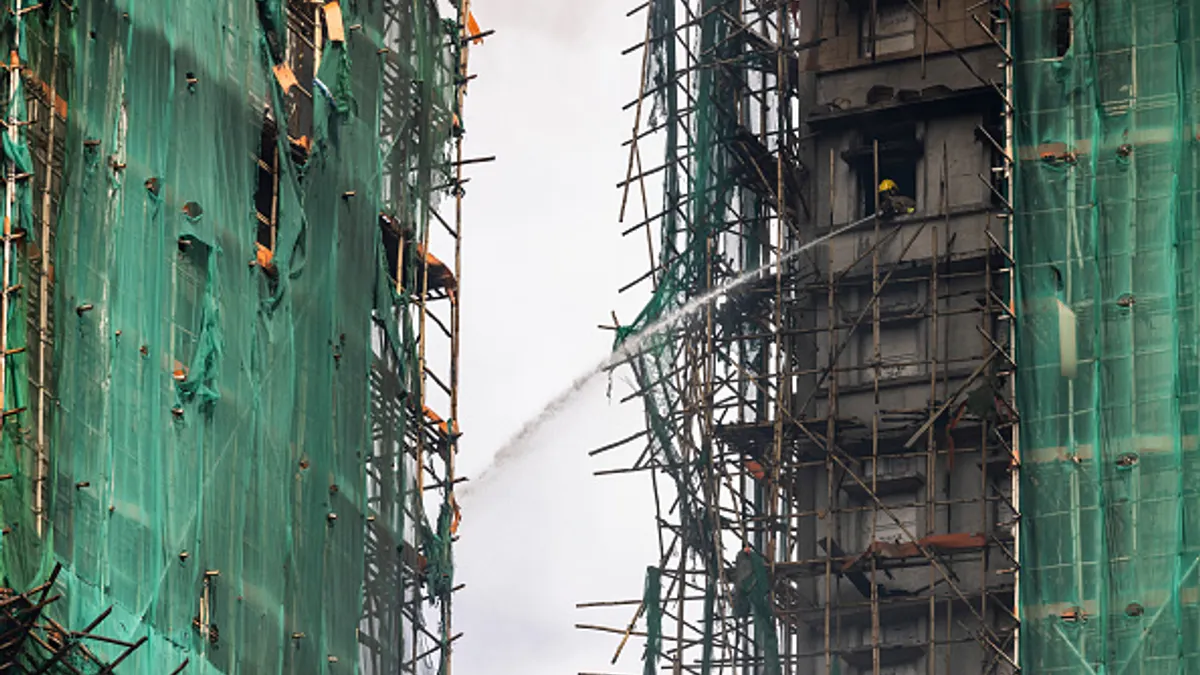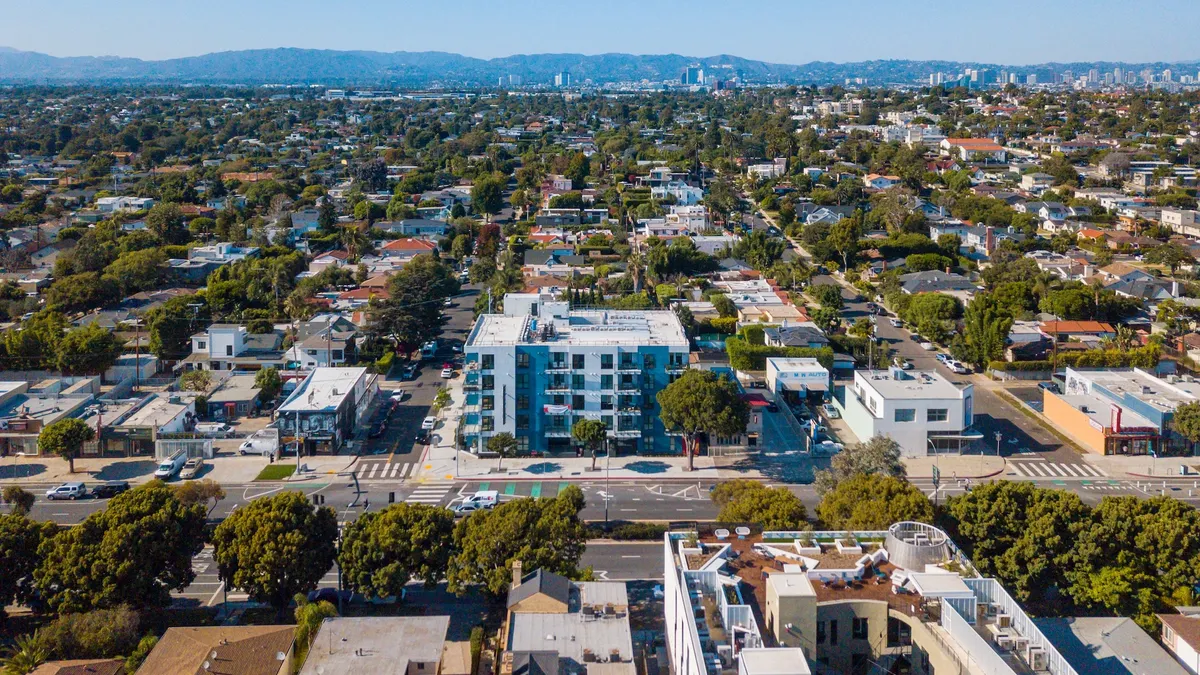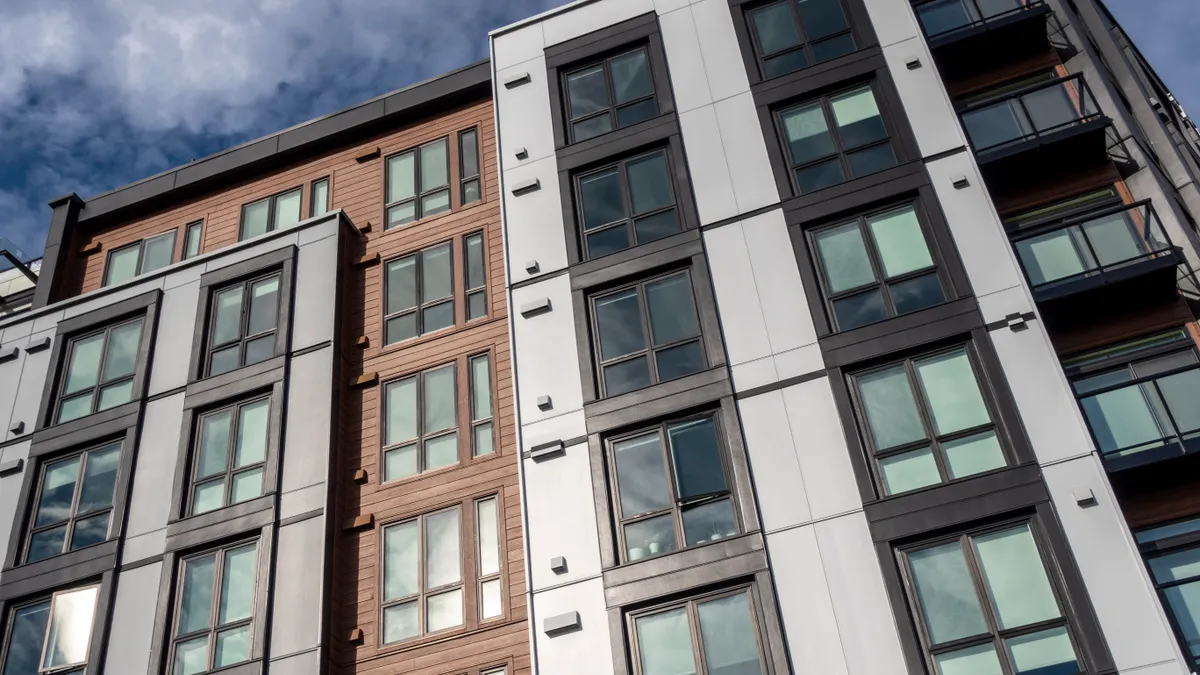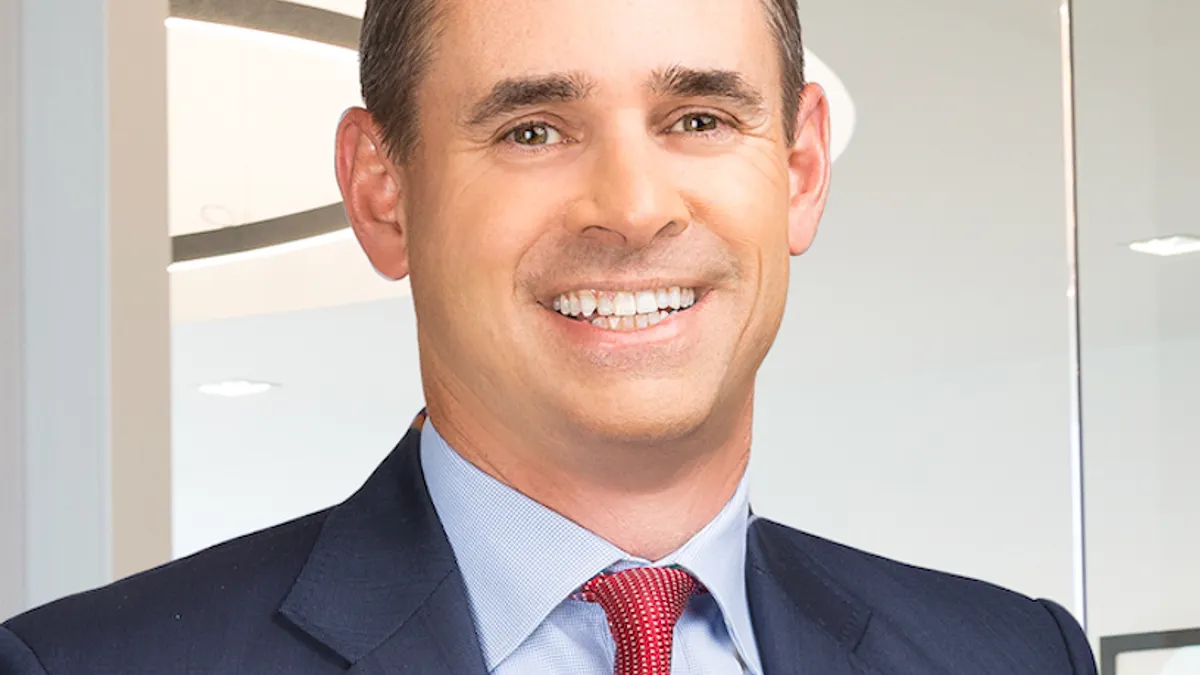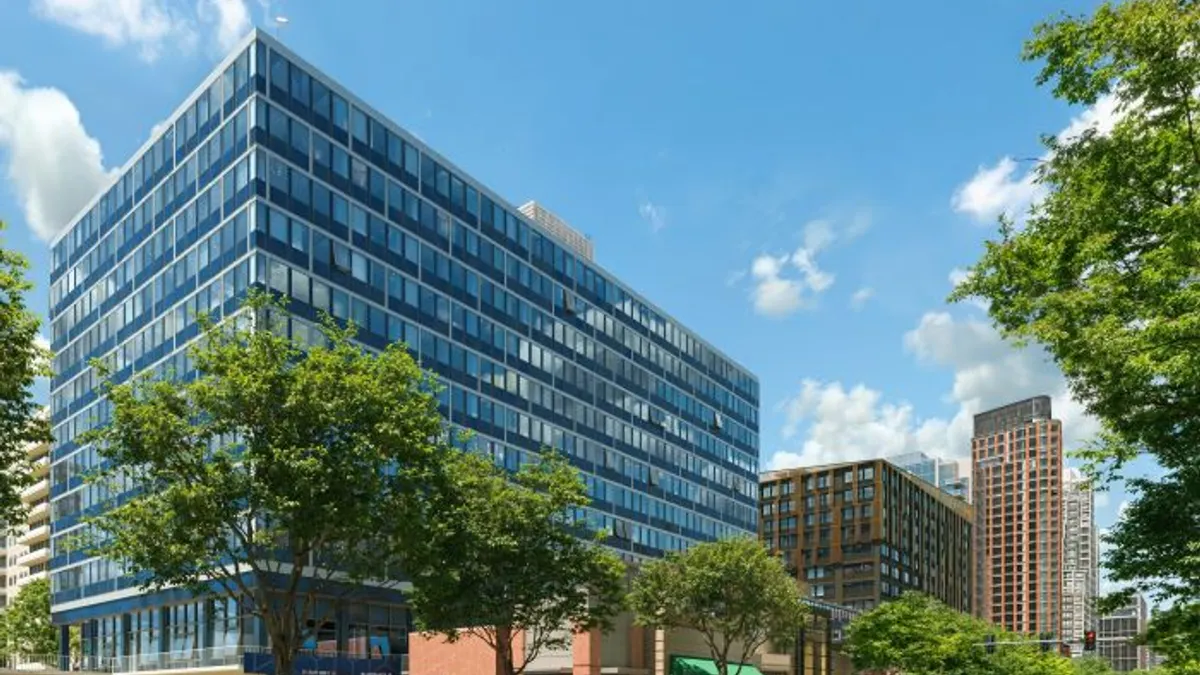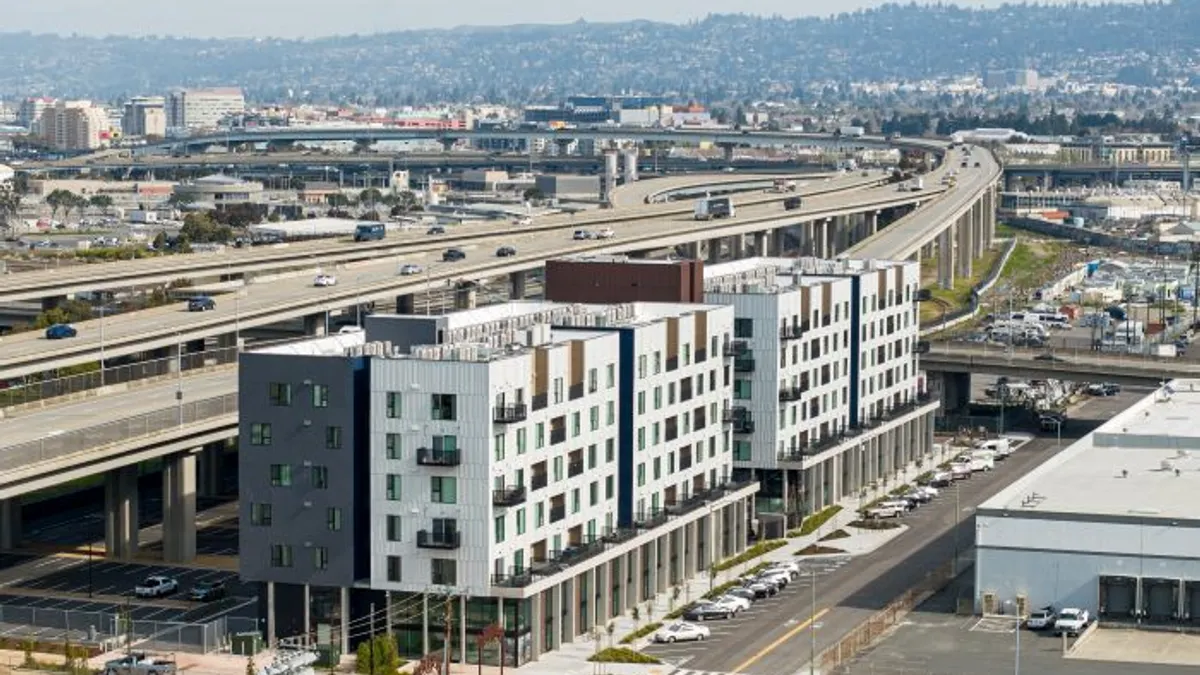Mary Cook is the president and founder of design firm Mary Cook Associates. Opinions are the author’s own.

While the topic of personal fitness continues to top New Year’s resolutions, multifamily owners and designers should resolve to offer fitness amenities and programming using a research-backed approach that considers the preferences of their specific residents.
In the early phases for new projects, developers often tell our design team that they want an emphasis on fitness. But what does this really mean? The concept of fitness can be vague and broad, often representing something different for various age groups and even geographic locations.
Here are some key insights into the nuances of target audience preferences to best inform the design of fitness spaces that will attract, engage and keep residents coming back.
Boomers keep moving
While fitness and exercise was seen as a chore by many baby boomers in earlier years, they’re now motivated to keep moving to stay healthy and boost longevity. Fitness programs designed especially for this demographic, such as those that build strength, foster bone density, improve balance and coordination and increase overall vitality for activities of daily living, appeal to boomers who want to age well.
Boomers also enjoy group activities that provide opportunities to socialize and connect over shared interests. Pickleball, tennis, golf, organized group walks, bicycle rides and hikes invite residents to actively engage with each other and the outdoors.
Exercising in conjunction with a weight loss program, including activities that foster healthy eating and cooking, provides additional fitness opportunities that are also social. Swimming and water aerobics are also very popular with this age group.
To cap off any workout, boomers love soaking up heat therapy in saunas, steam rooms and hot tubs. These fitness add-ons are in constant use in 55+ communities.
Gen X sets goals
Gen X straddles millennials and baby boomers when it comes to wellness habits, sometimes adopting preferences from each cohort.
This generation values staying active and fit with great emphasis on stress relief. They appreciate time-saving routines that deliver results.
They often rely on wearables and apps to track progress and comfortably integrate technology into their workouts. Gen X also recognizes the value of social and community aspects in their fitness routines, such as group fitness classes, team sports and fitness challenges, which provide opportunities for social interaction and camaraderie.
Millennials, Gen Z fully integrate fitness
Millennials and members of Generation Z are wellness-minded and incorporate fitness into their identities and everyday lives. As digital natives, they utilize digital tools to track activity, monitor progress and train smarter with data analytics. In particular, biohacking — making small behavior changes to improve health— has surged in popularity due to its blend of technology and ability for users to customize and self-direct their wellness and fitness routines.
These renters also capitalize on social apps to make fitness a shared experience by posting pictures, videos, stats and updates with friends and family. Apps like Strava, Zwift and Nike Training Club effectively keep users motivated and engaged so it’s critical that fitness centers are wired and designed for socialized workouts.
The more aesthetic and impactful the backgrounds, lighting and design of fitness spaces, the more likely it is that the workout will be shared on social media — delivering your property’s branding to a wider audience.
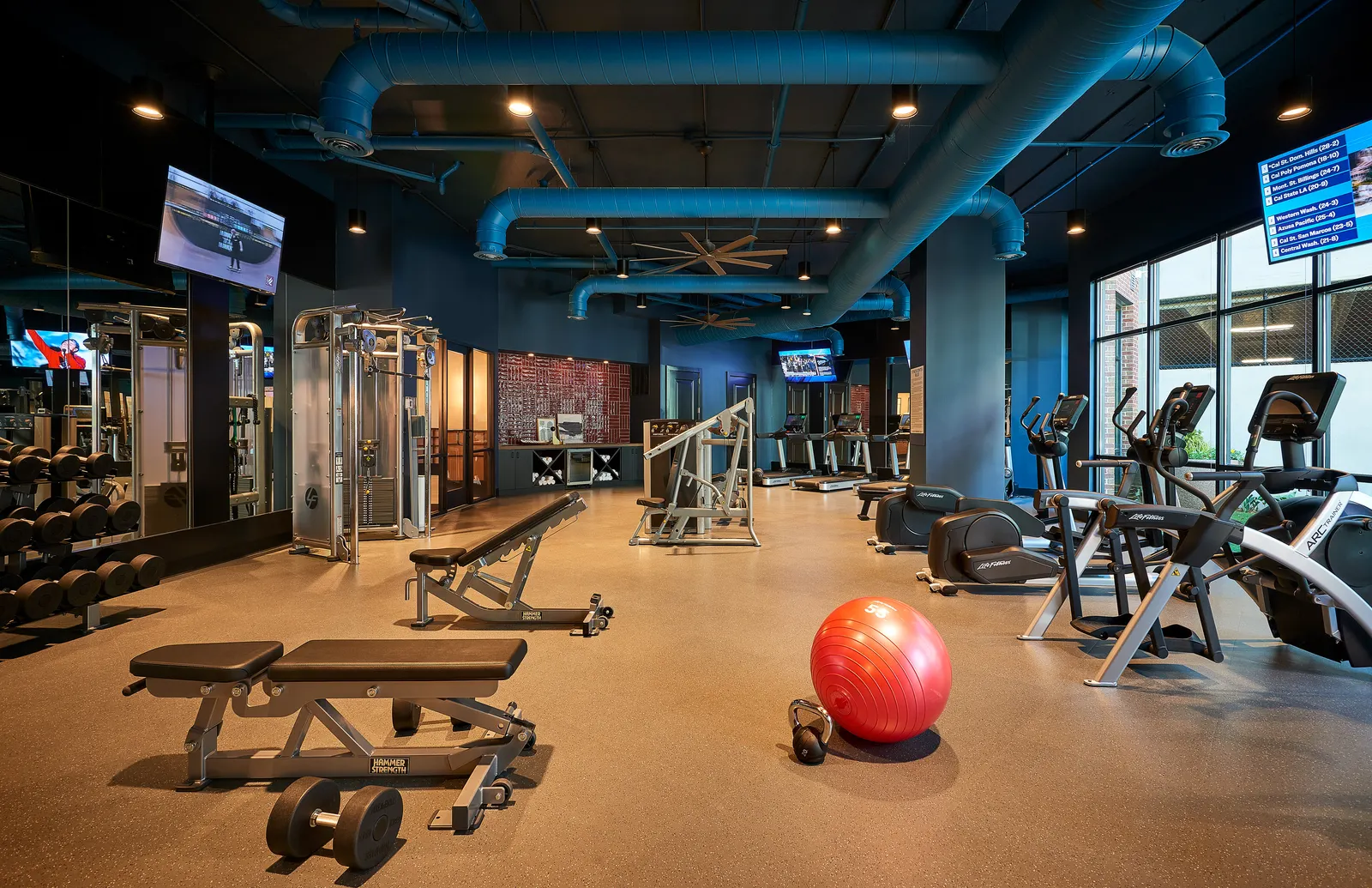
Fitness trends that imitate natural healing properties continue to gain popularity with Millennials in particular. Red light therapy, which uses non-UV red light lamps to instill rejuvenation and promote muscle toning, is increasingly offered at commercial fitness centers. Including this offering on-site will keep residents from leaving the building for their fitness needs.
Access to outdoor open lawn areas with privacy for grounding — the practice of walking barefoot on natural surfaces to connect to the earth's electrical charge — Pulsed Electro Magnetic Field mats, meditation, yoga or even a cold plunge add a competitive edge to fitness offerings.
Beautiful spaces enhance wellness
Despite their differences, renters of any age enjoy beautiful surroundings for their workouts.
Everyone knows exercise boosts endorphins. But neuroscientists, such as Semir Zeki, are proving that experiencing beauty stimulates production of the same kind of feel-good hormones. So, when a fitness center is designed with specific aesthetics in mind, high-performing fitness equipment gets more use. Workouts simply feel better with an interesting and engaging backdrop.
Nostalgia-minded gyms are increasingly popping up with the appeal of beautifully designed fitness equipment and the classic, branded feel of an elite club. The 87 at Notre Dame, a recently opened off-campus student housing community in South Bend, Indiana, draws residents into its fitness center and adjacent lounge with nostalgic athletic memorabilia that celebrates the university’s rich athletic legacy.
Photographs, sporting equipment, pennants and flags, and other design elements including trim on the ceiling that mimics Notre Dame’s infamous football field end-zone graphics, invite residents to interact with the past within a relevant, connected, hip and authentic setting.

